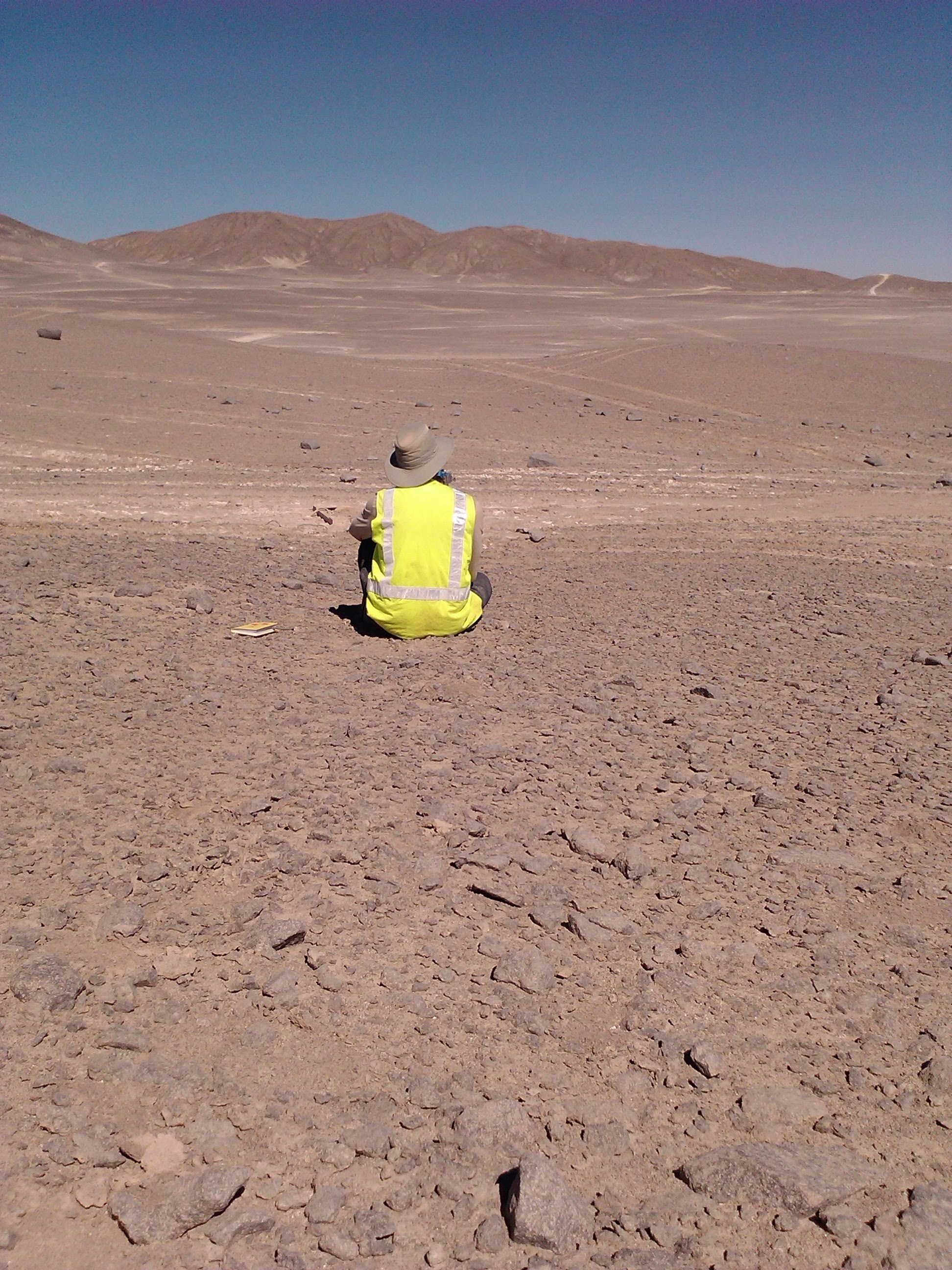Beginner hikers always either overplan or underplan.
For day hikes under 10miles I wouldn't even wear hiking boots unless they're well broken in -- rather go with comfortable runners that are well broken in. Unless you're working on breaking in your hiking boots, the blisters are usually worse than the advantages the boots will give you.
After that, my basic day hike kit is: cell phone, water (volume depends on temperature), light snacks, basic safety kit, sun screen and bug spray. Dress to the weather forecast. If it's wooded, sunglasses that wrap around keeps the branches out of the eyes.
I use my cell phone for navigation and maps and photos, and just make sure it is fully charged before departure. If I'm expecting a particular long day, I will turn my cell phone to airplane mode to save battery.
My emergency kit consists of: a lighter, a multi tool, and a very small first aid kit. The most important things in the first aid kit are compression bandages, in my opinion -- your worst case scenario is something like a twisted knee where you can bind it up and still get out. Anything worse and you're calling 911 anyway.
In my neck of the woods, bear spray is also typical, but probably won't be near Austin.
I don't worry about what my water is packed in. I usually use a nalgene bottle or a couple of disposable bottles. I don't see the real advantage that the bladders offer until you get to the extreme version of hiking. If you are running a 30 mile trail, this would be a different story.
My SO does the multi-day version of hiking with some hiking buddies. She packs quite differently because weight becomes much more important if you're taking your camp with you. Then you start measuring calorie-density and packing water purification equipment and such. But you will absolutely not need to do any of that kind of stuff unless this is training for overnight hiking.
